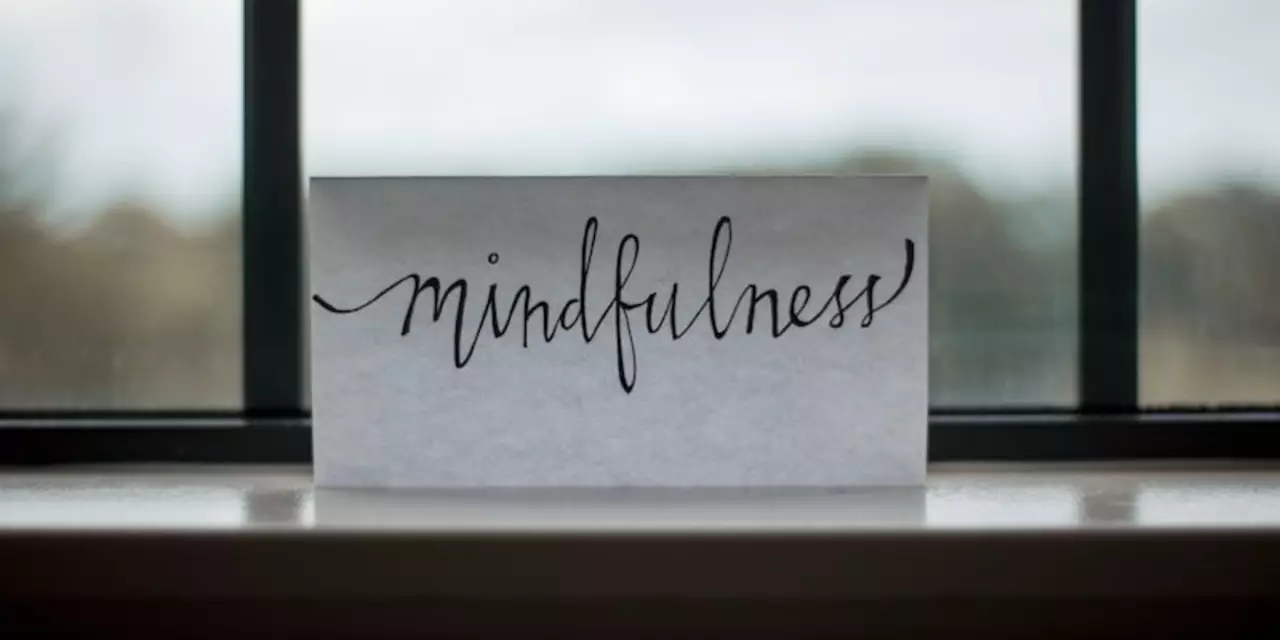Self-Defense: Stay Safe in Every Situation
When talking about Self-Defense, the set of actions you take to protect yourself from physical or digital threats. Also known as personal protection, it blends instinct, training, and awareness to keep danger at bay.
One core pillar of effective martial arts, structured fighting systems that teach striking, grappling, and escape techniques, is the ability to react quickly under pressure. Whether you practice Brazilian Jiu‑Jitsu, Muay Thai, or a hybrid class, the goal is the same: create distance, neutralize the threat, and get to safety. A second pillar is situational awareness, the habit of constantly scanning your environment for risks and cues. Simple habits like checking exits, noting suspicious behavior, and trusting gut feelings can stop an attack before it starts.
Digital Self-Defense and the Modern Threat Landscape
Physical safety isn’t the only concern today. The rise of deep‑fake scams, like the TikTok perfume fraud that fooled fans, shows how attackers use AI to mimic trusted voices. That’s where digital protection, strategies such as strong passwords, two‑factor authentication, and media verification tools, becomes essential. Learning to spot manipulated videos, verify sources, and safeguard online accounts adds a layer of defense that mirrors the principles of street self‑defense: identify the threat, assess credibility, and respond decisively.
These three entities—martial arts, situational awareness, and digital protection—form a network of skills that reinforce each other. Martial arts teach body control, which improves confidence and reduces panic in risky moments. Confidence, in turn, sharpens situational awareness because a calm mind notices details others miss. Meanwhile, digital protection extends that vigilance to the virtual world, where attackers often exploit the same gaps in attention and trust.
Real‑world stories reinforce these ideas. Activists detained during a maritime protest, for example, faced both physical control and media manipulation. Their experience highlights the need for both physical readiness (knowing how to move, how to protect limbs) and digital literacy (understanding how footage can be used or distorted). Similarly, athletes who excel in high‑impact sports develop innate reflexes that translate well to self‑defense scenarios, showing that sport training can be a practical foundation for personal safety.
Across the collection below you’ll find articles that dive deeper into each aspect: step‑by‑step guides on basic strikes, checklists for scanning public spaces, and tutorials on preventing deep‑fake deception. By tying together body‑based techniques, mental vigilance, and online safeguards, the site equips you with a full‑spectrum approach to staying safe.
Ready to explore specific tactics, gear recommendations, and real case studies? The posts ahead break down each skill set, so you can start building a robust self‑defense routine today.

Do you modify your bare knuckle punches for self-defense?
Self-defense is a skill that requires practice and knowledge to master. Bare knuckle punches are often used in self-defense situations, but there are some modifications that can make these punches even more effective. These modifications include adjusting the angle of the punch, improving the power behind the punch, and using the entire body to generate power. Furthermore, proper technique and form are important to ensure the punch is done correctly. Practicing these modifications can help make bare knuckle punches more effective in self-defense situations.
Read More


